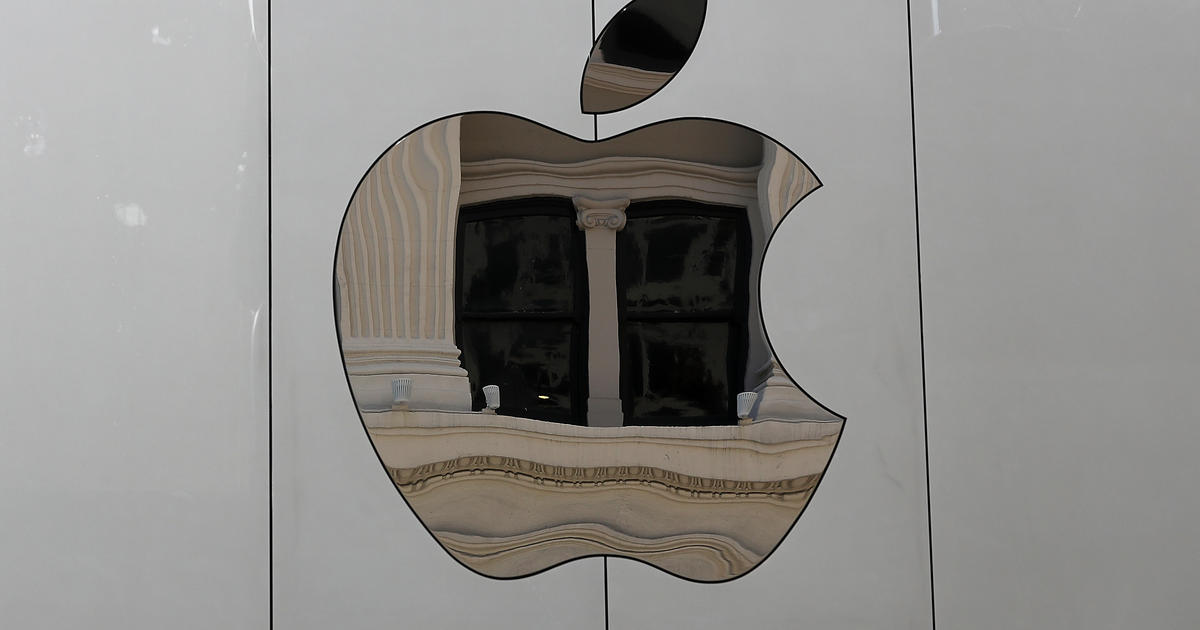Out-of-this-world galaxy image from James Webb Space Telescope marks anniversary of service
Photons lost in space for 13.8 billion years were stopped in their tracks by a thousand-angstrom thickness of gold coating the 25 square meters of the James Webb Space Telescope. The data from this encounter, beamed a million miles back to earth, produced - I'm going to say it - out-of-this-world images of the most distant galaxies detected to date.
The picture NASA decided to release Wednesday, however, is practically on our doorstep, being from within our own Milky Way a scant 360 light-years distant.
"It's a region where the gas and dust in that big cloud, that big nebula is actually condensing, falling in on itself to form new stars," said Mike Menzel of NASA's Goddard Space Flight Center, "And what we're seeing in that nebula, we believe is the same process that, formed our sun about four and a half billion years ago."
It's the latest feat in Webb's year-long infrared glimpse into the universe. Launched on Christmas Day 2021, it's been - for the spacey-typed - the gift that keeps on giving. Assaulted by coronal mass ejections from an active sun (our own), pummeled with 40 innocuous micrometeorites and exactly one that was bigger and therefore not so innocuous (in May 2022), the scope has taken a licking and kept on ticking.
"It's performed excellently. I mean, there's no other way to say it. It, it's behaving about twice as good as we had thought," said Menzel, meaning the resolution they're getting out of it is double the mean expectation. "We've seen a galaxy whose light has been traveling to us for 13.4 billion years with James Webb. And believe me, we weren't even trying."
The designed lifetime for the $10 billion dollar scope, assembled by Northrop Grumman in Redondo Beach, is five to ten years, so there's much to anticipate, including its examination of the atmospheres of extrasolar planets.
"Those, said Menzel, "are the kind of inquiries that are necessary as a first step to finding habitable planets."
And wouldn't that be a kick in the philosophical head?
While we'll never actually be able to visit the physical remnants of those youthful days of the universe a mere, oh, 300 million years post-big-bang, we can, at least, watch them, thanks to the 0.1 arc-second resolution of the 18 mirror segments (the scope is a reflector, with a surface area of 25 square meters).
"Because of this," said Menzel, "we have the opportunity to see the very first stars and galaxies that turned 'on' in our universe."
More, James Webb, more.




